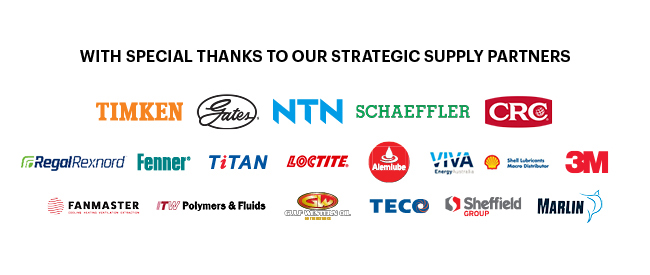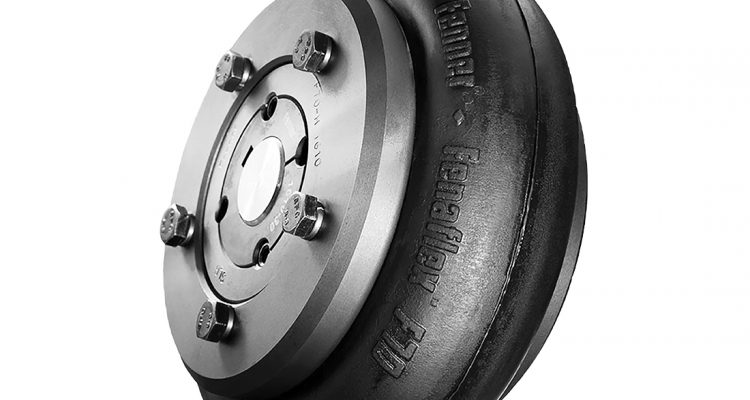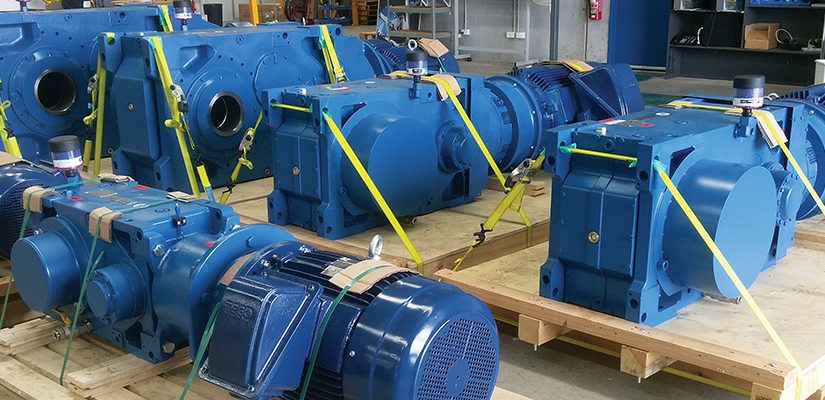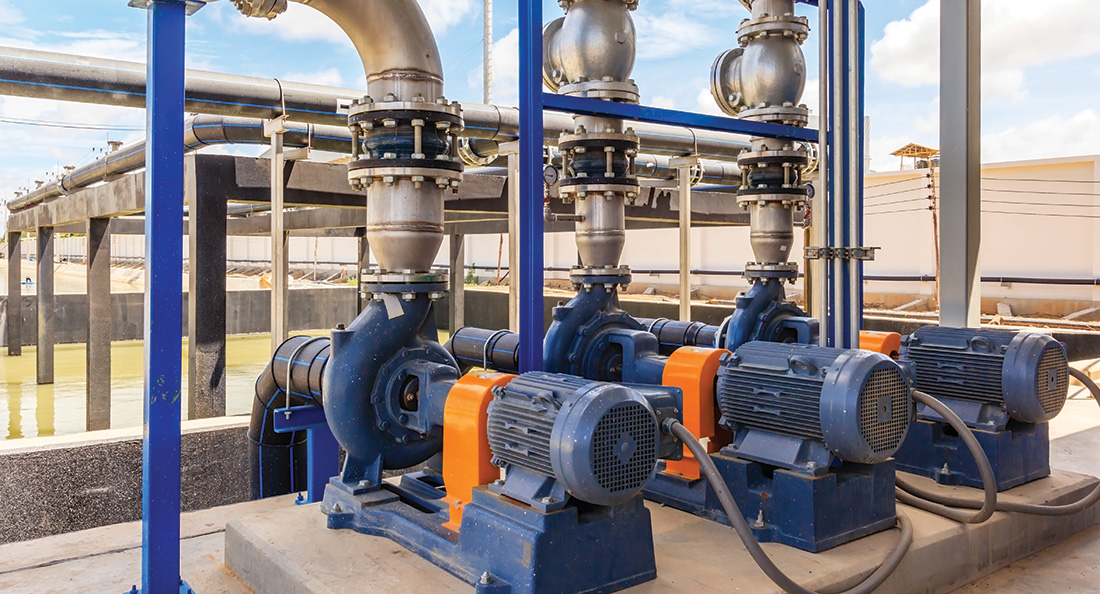Renowned for their ability to absorb shock load, allow for misalignment and transmit power, the Fenner FenaFlex tyre and HRC couplings are recognised as flagship coupling products for the food, beverage and packaging industries.
Couplings are commonly used in shaft arrangements where there is a need to connect two pieces of equipment. They see heavy use in food and beverage manufacturing, processing and packaging applications.
Couplings undergo heavy stress and vibrations as they transmit power between drive shafts, making it essential to pick the right one for the job.
Fenner’s coupling options combine the 150-year-old Fenner know-how with intelligent, modern engineering. Through Motion, customers can access Fenner’s range of coupling options, including the unique Fenaflex Tyre Couplings and the HRC couplings.
With Fenner under his belt, Troy Markland, Motion’s National Product Manager for Power Transmission, says the future of food and beverage manufacturing is looking better than ever with technological advancements.
“This includes solutions such as the Fenner couplings which are designed to perform and will increase the rate of productivity through high-speed applications,” he explains. “All the while maintaining the integrity of the connection, which is what makes the couplings suited to a variety of applications.”
Additionally, Troy says it’s the versatility and flexibility of the couplings for a variety of industrial applications which make Fenner a strong choice for food and beverage manufacturers.
“In this manufacturing segment,” The industry expert explains, “the greater the speed of an operation, the higher the productivity and the more profitable the gains.”
“Fenner’s couplings are reliable and easy to install,” Markland says. “If they’re selected, maintained and installed correctly, they’ll provide a very, very good service life.”
Fenner’s Fenaflex tyre couplings can withstand high-torquing, allowing them to match the manufacturing industry’s ever-quickening step.
Troy explains the key features of the Fenaflex design.
“The couplings have a donut-style rubber tire between the two flanges of the arrangement that has vibration dampening properties,” he says. “This does a good job of softening the impact of heavy manufacturing through shock absorption, which could otherwise crack and lead to equipment failure.”
The Fenaflex Tyre Coupling also allows for shaft misalignment of up to 4-degrees – which is above the industry standard.
It’s a feature which Troy says is made to accommodate the needs of the industry, as the most common cause of a coupling failure is improper installation.
Even with the misalignment allowance, Troy stresses the importance of referring to Fenner’s online training hubs to ensure proper installation.
“Fenner produces a lot of instructional videos and training resources,” he says. “My advice to operational managers would be to train up staff properly and ensure they have access to these channels,” he says. “And of course all Motion customers can come to us for advice. We’re here to help.”
Fenner HRC couplings are designed for general purpose across a variety of industries, permitting quick and straight forward assembly. These couplings also have a power rating for use in machinery driven by standard electric motors.
“Quality-wise, they’re a premium product,” Troy says. “It has no other peers in the marketplace.”
Moreover, the Fenner HRC couplings range from highly resilient to rigid and offer ease of alignment thanks to their fully machined exterior.
“The HRC couplings are all precision manufactured using high quality cast iron or steel, and the latest in polymer and composite technology,” Troy explains.
The interacting dog design means the HRC couplings are also fail safe, and permit incidental misalignments, making for a high performance, lost cost product.
“The HRC couplings are a reliable and efficient product,” Markland says. “There’s minimal maintenance required, which helps increase uptime.”




